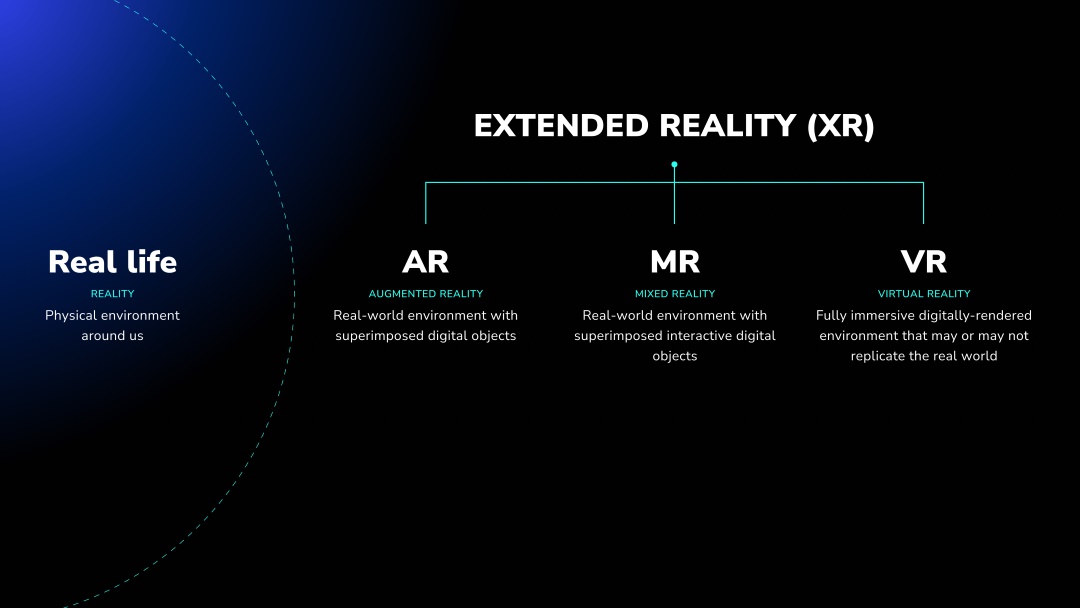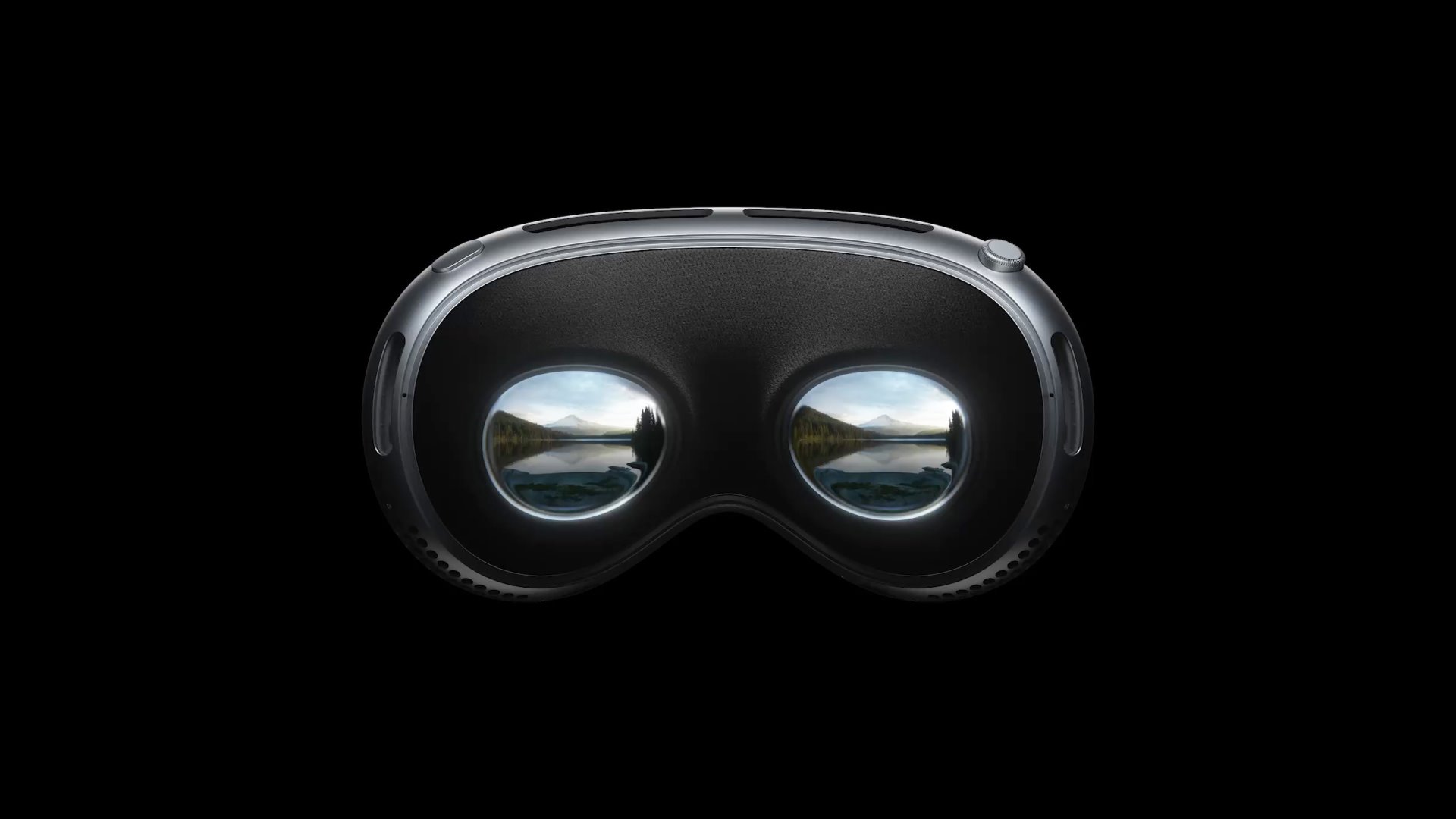Apprenticeship traces back centuries, not just to colonial America, where a master craftsman might teach a trade to a successor, but all the way back to feudal European farm culture. Apprenticeship has stood the test of time for a scientifically valid reason — because learning by doing is the most effective way to teach most skills.
If you’re trying to impart a valuable skill to employees, and ensure they retain the learning, the worst possible way to do it is with a lecture, which results in retention only about 5% of the time. Having learners read a manual ensures retention only about 10% of the time. Viewing a demo? 30%. But “doing,” according to the National Education Association of the United States, comes out on top.
Still, apprenticeship, while it may have been ideal for metalsmiths and cobblers, isn’t the best way to train large numbers of frontline workers, managers, or even C-level executives who may be spread across the country or the globe. In place of traditional apprenticeship, immersive experiences in the form of extended reality have stepped in as the most effective way to teach employees of all kinds, at scale, quickly.
What XR means in the context of enterprise learning
Extended reality, or XR, is essentially an umbrella term for the various technologies that enable us to enter immersive worlds. Encompassing a wide range of immersive technologies, XR connects all the human senses to fully engage the learner.
Technically, XR covers three different technology possibilities:
- Virtual reality (VR) inserts learners inside a 360° simulated environment where they can practice skills, converse with avatars, and interact with realistic objects within an entirely safe, distraction-free, fully immersed setting.
- Augmented reality (AR) overlays the real-world environment with interactive digital elements to add detail and enhance the learning experience. At a very basic level, think Snapchat or Zoom filters, then extrapolate this concept to more sophisticated in-headset learning experiences where choices might appear over an instrument or a trip hazard might be hidden in a scene.
- Mixed reality (MR) blends the physical and digital worlds using both VR and AR, including hardware and graphics. Digital and real-world objects can interact with each other in real time, in a sort of “hybrid reality.”
As an overarching statement, XR places the learner in a fully or partially simulated, multisensory environment where they can learn in a way that’s interactive, engaging, and memorable. It’s a fully immersive, safe, scalable, and personalized experience for teaching all kinds of skills to a wide range of learners, from frontline workers in a retail environment to managers for whom soft skills like conflict resolution are invaluable.
The impact of XR on corporate training
As jobs change more rapidly than ever before, the ability to reskill workers quickly is becoming more and more important. In a recent Accenture Immersive Learning survey, over 300 executives in five countries, including the U.S., were asked about their L&D investments in XR technology.
Across industries, these were some of the results:
- 94% of today’s workers would stay at a company longer if it invested more in their career development, especially when it comes to self-paced learning at the point of need.
- 90% of executives believe their companies’ existing training methods need to be made more efficient and effective.
- 59% of these execs expect to make pretty significant investments in XR learning in the next few years.
The need for more effective training is clear and urgent. XR has become the frontrunner solution through which impactful enterprise learning and development objectives can be achieved.
The advantages of XR for enterprise learning
XR training covers a lot of ground, from fully immersive simulated environments to real environments overlaid with digital imagery and information. But in general, some of the benefits of XR for employee learning include:
- Effective training — more engaging and intuitive learning experiences, enhanced retention and recall
- On-demand capability — repetition on an as-needed basis, scalable across an organization
- Learning in the flow of work — access to key information within the field of view to improve productivity and learning
- Adaptable to different learning goals — the ability to teach a variety of hard and soft skills in a safe setting where mistakes are free
- Data insights — unique insights to help determine what and how well people are learning, along with the ROI of the training program itself
XR holds vast potential for organizations looking to harness the best of new L&D technologies. When it comes to the experience of learners and the effectiveness of learning, immersive technologies like XR will only continue to get stronger.
The full potential of XR in enterprise learning
From advancements in XR headsets with the latest releases from companies like Apple and Meta, to the potential being unlocked with the incorporation of artificial intelligence (AI), XR holds endless possibilities for more engaging and dynamic learning within the enterprise.
Breakout innovations across both hardware and software are just a part of why XR is poised to change the world of enterprise learning and beyond. In order to truly take advantage of the hardware advancements, enterprises must understand the important roles that content creation, device management, and secure distribution play in bringing XR to life at scale across their organizations.
In particular, content is just as important as the headset when it comes to effective XR experiences. Companies such as Strivr that create immersive content have been able to develop experiences specifically designed to leverage the most advanced XR headsets on the market today. Good XR content design also takes into consideration specific learning objectives, including particular design elements such as spatial awareness, to result in the most effective experience. For this reason, as you inform your organization’s XR learning strategy, you should find a technology partner with expertise in creating effective content, along with the ability to manage and deploy that content at scale across your enterprise.
Prepare to reap the benefits of scaling true workforce engagement, collaboration, and performance improvements for your business. If you are interested in gaining a better understanding of how to explore XR for your organization, Strivr’s team of experts is ready to answer any of your questions.



